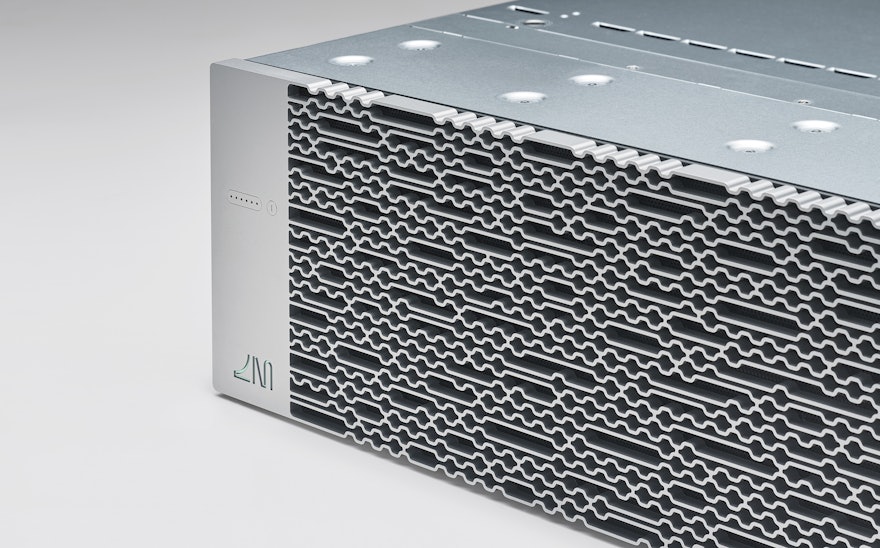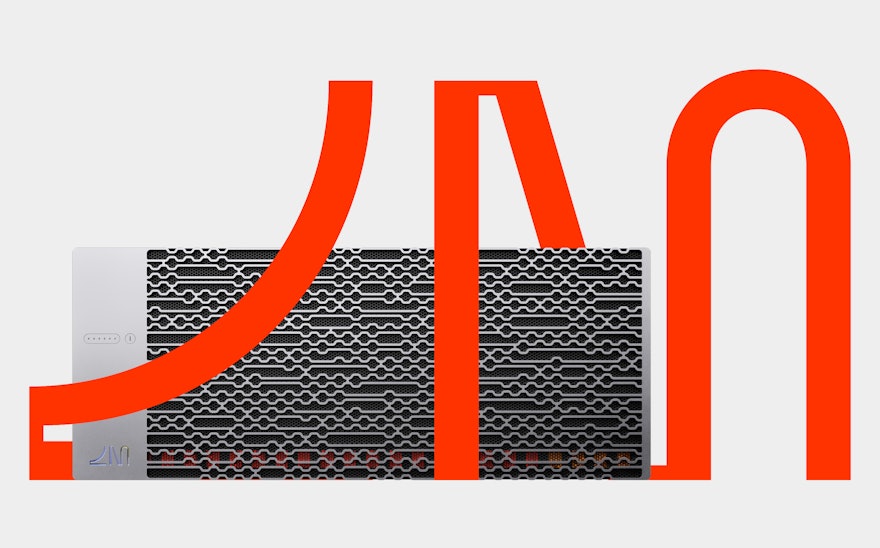Lightmatter is a photonic (super)computer company based in Boston USA. Through a combination of electronics, photonics, and new algorithms, Lightmatter has built a next-generation computing platform purpose-built for artificial intelligence.
Lightmatter’s processors use photonic circuits that perform calculations by manipulating the path of light instead of using charge, logic gates and transistors like conventional processors. This makes them faster, more efficient, and cooler than anything else on earth (or anything ever experienced before) to power the next giant leaps in human progress.
Pentagram developed the identity and visual design and the industrial design language for Lightmatter as well as the physical design for Lightmatter’s first products.
Lightmatter’s processors use photonic circuits that perform the calculations by manipulating the path of light using optical interference. The industrial design team used the geometry of the light guides that create optical interference as inspiration to develop a unique pattern for Lightmatter products that is instantly recognisable and is built from the same lines and curvature used in the identity. This Lightmatter interference pattern is able to scale easily to different form factors.
Although Lightmatter’s processors use optical technology, the hardware still needed to connect to a conventional computer system for the intense processing required by artificial intelligence. This meant the units are housed in a rack mounted server system, with the usual space and ventilation constraints that this brings.
Pentagram’s industrial design team applied the industrial design language to three main components, the Envise chip itself, the Envise Blade a compact rack-mountable architecture and the Passage, a wafer-scale, programmable photonic interconnect that enables arrays of heterogeneous chips to communicate with unprecedented bandwidth and energy efficiency.
The front face of each product is made from CNC machined aluminium, featuring the Lightmatter interference pattern. Aluminium is light, strong, easy to recycle and to perforate, which helps with ventilation issues. The units are sleek and minimal, with the styling of a high-end audio unit rather than traditional backroom server components.
The Lightmatter logo is applied to each product with holographic film, symbolising light at the heart of each device.

